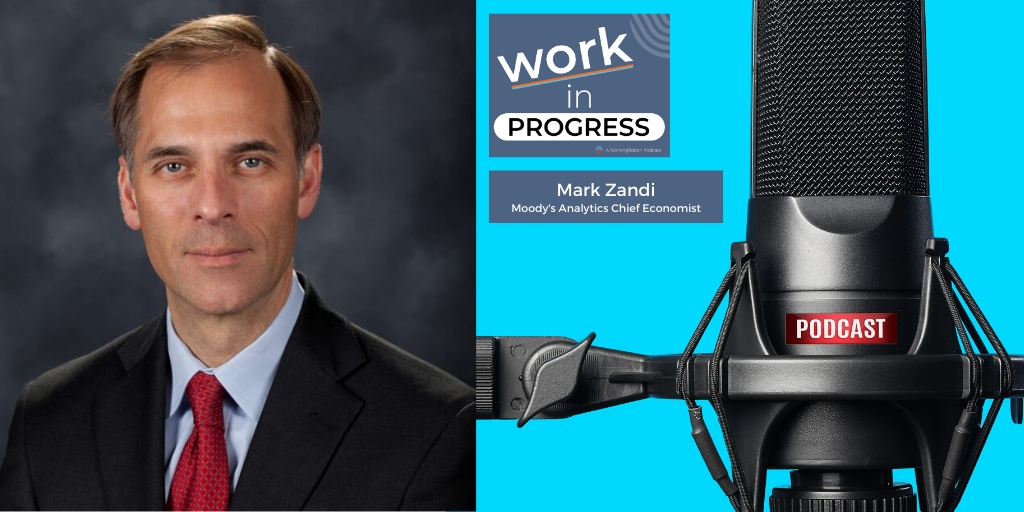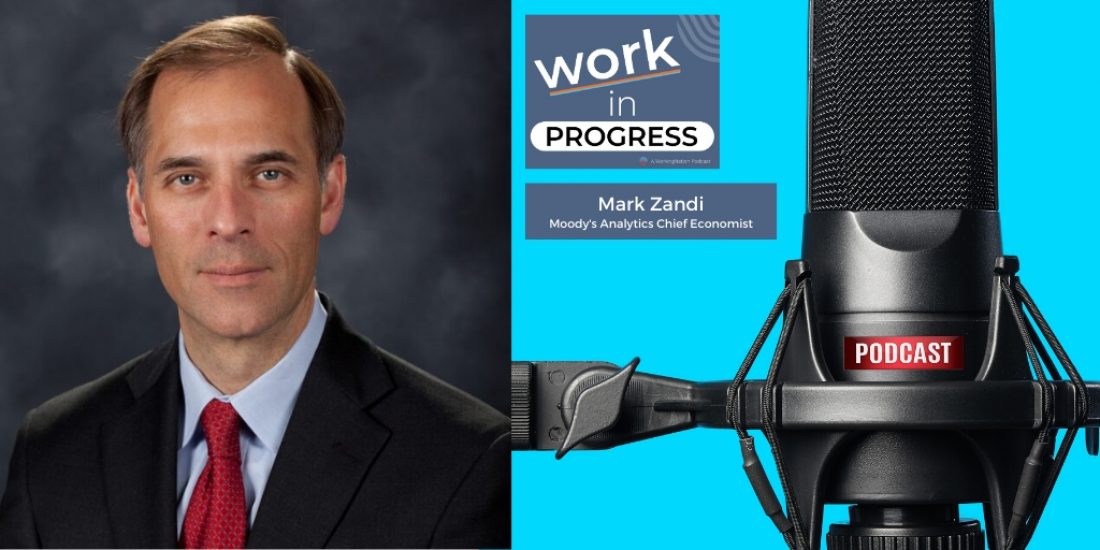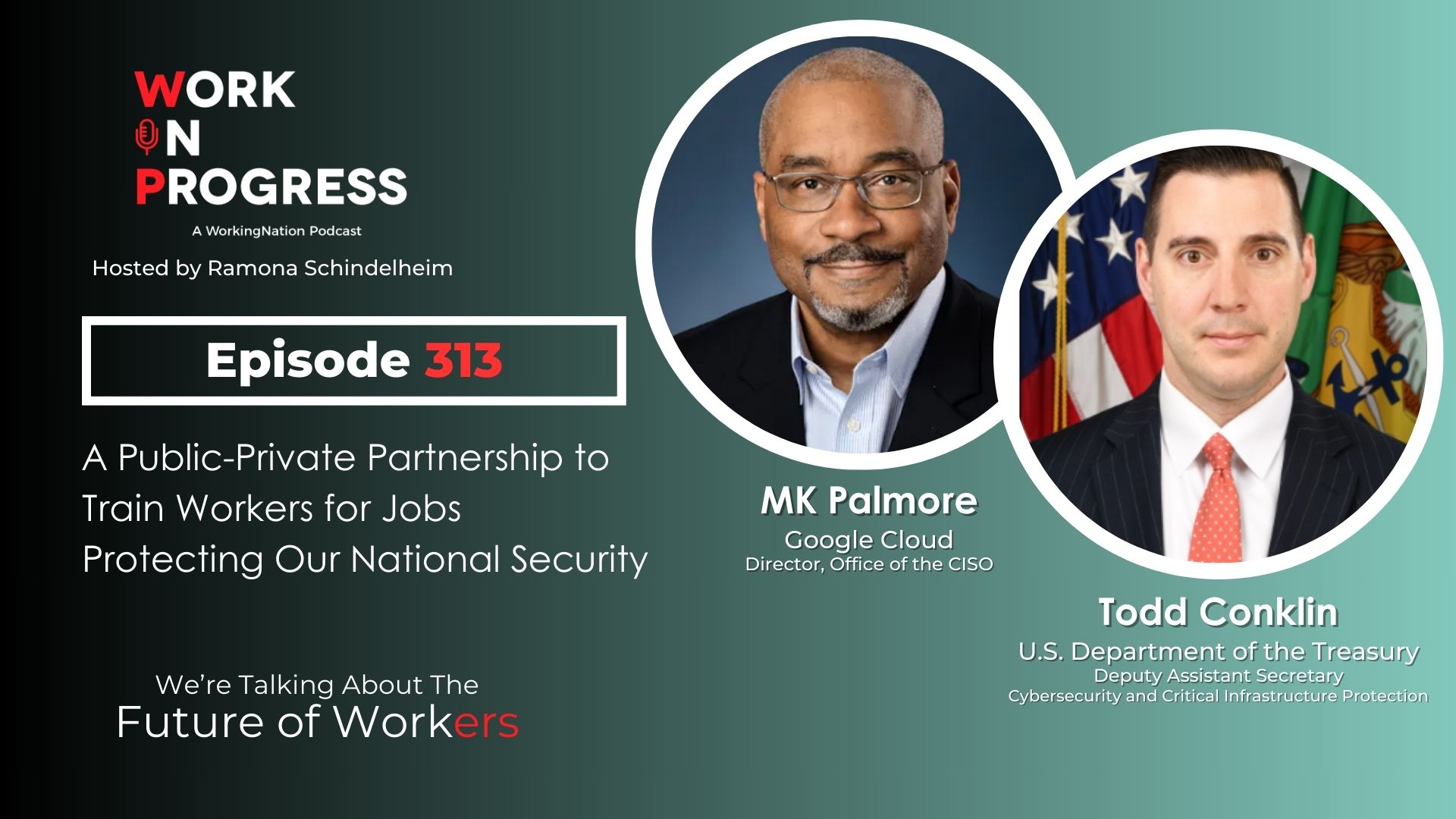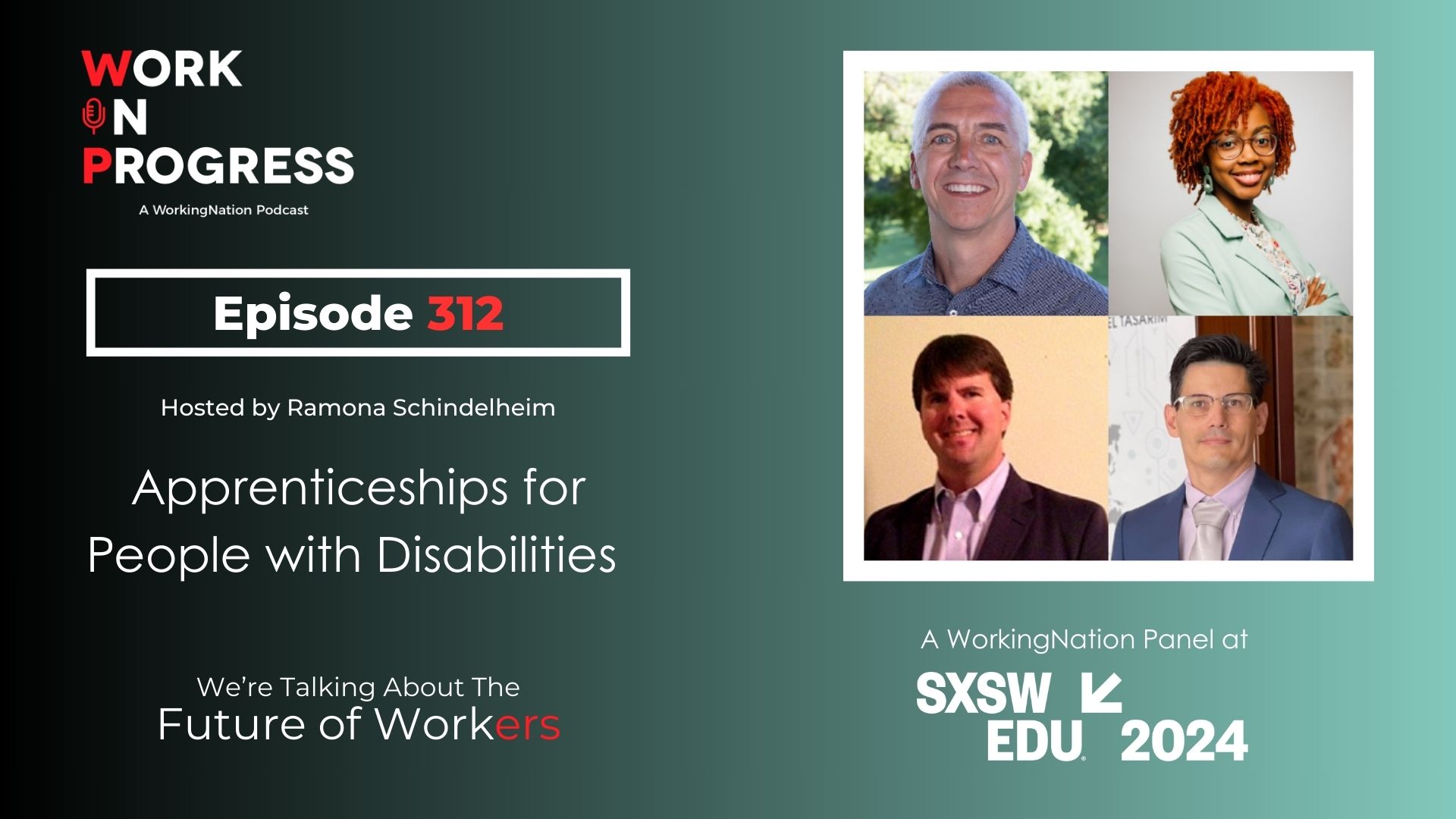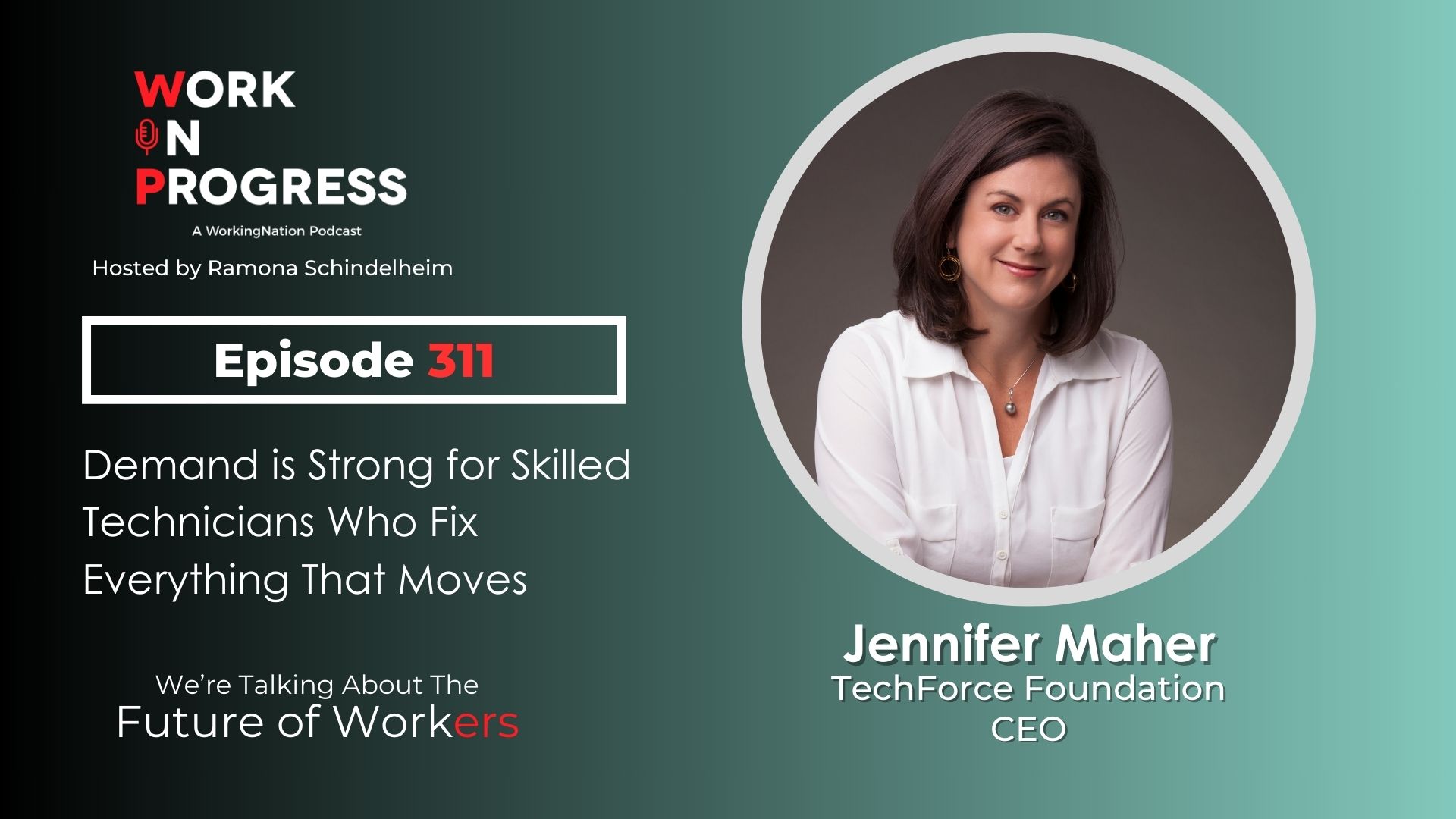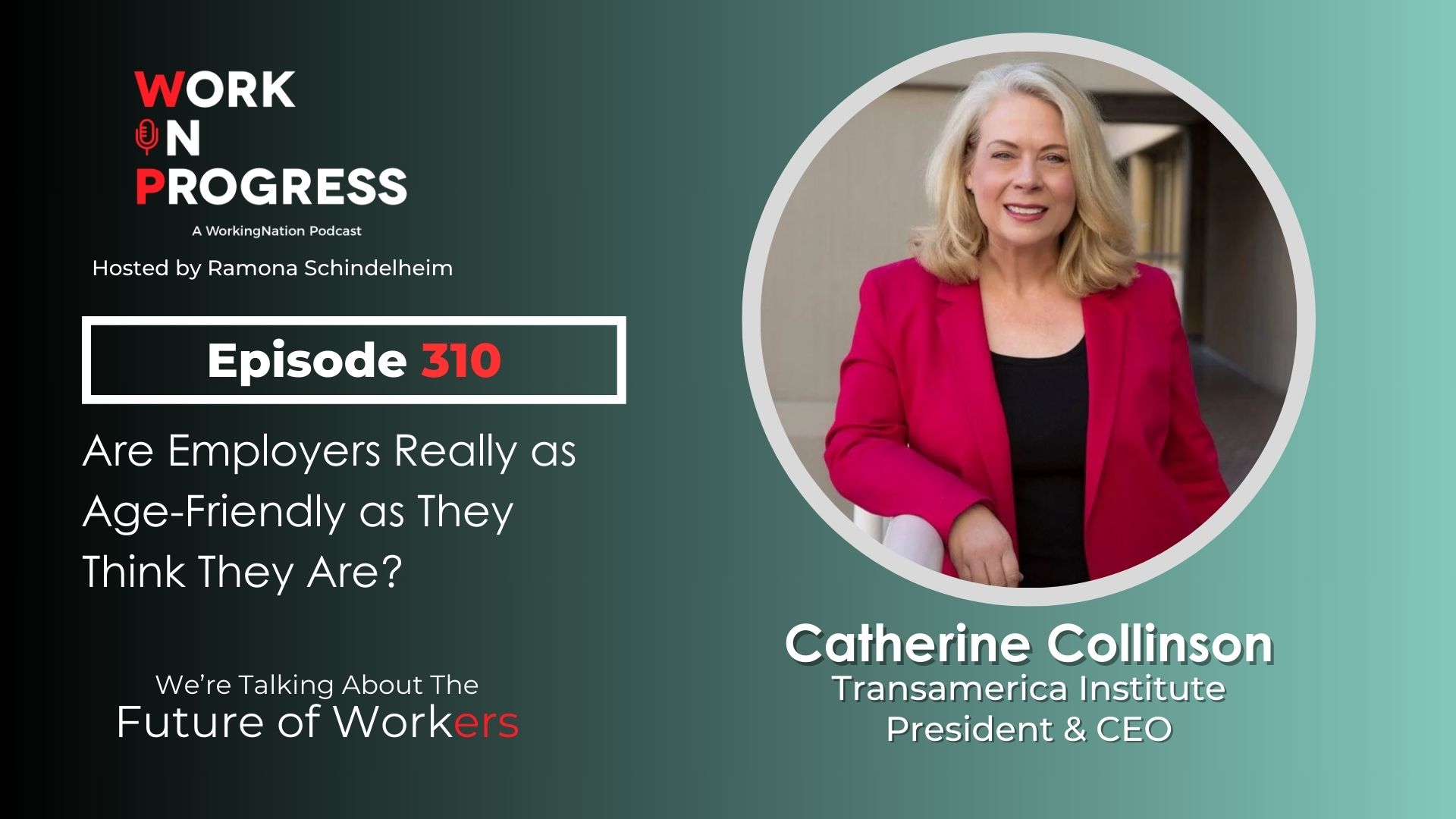Podcast: Play in new window | Download | Embed
Subscribe: Apple Podcasts | Google Podcasts | Spotify | Pandora | Youtube Music | RSS

I don’t think anyone will be surprised by the April jobs numbers when they are released by the Bureau of Labor Statistics next week. We’ve had enough warning.
We’ve already seen more than 26 million people across the country file for state unemployment benefits in the past five weeks since the COVID-19 pandemic took hold of the economy.
A new wave of claims will be reported in a few days.
Economists, including Mark Zandi, the chief economist for Moody’s Analytics, expects to see the official jobless rate for April at somewhere between 15 percent and 20 percent, which would be the highest unemployment rate since the Great Depression in the 1930s.
“And that doesn’t even do justice to the financial suffering here,” Zandi tells me in this episode of the Work in Progress podcast. That, he says, doesn’t include a large number of people that will be pushed out of the workforce and won’t even be counted as unemployed because they will have given up looking for another job. “There’s a broader measure of underemployment that includes those folks, that would be closer to 25 percent.”
The picture right now looks grim, but Zandi believes that although there will still be job losses in the coming months, “we’re at the peak of the problems. This is the apex of the crisis right here.”
Zandi says, barring a second wave of COVID-19 infections, we will see hirings start to pick up in the next two to three months. It will probably begin with new jobs added to construction and then manufacturing.
“We’ll come back. It’s just going to take us a while to get really back. It’s going to be a slog. It’s going to be one step forward, two steps back. Two steps forward, one step back. It’s going to be a process.”
I also got his thoughts on the impact the pandemic has had—and will have—on the skilled workforce and education.
The fallout from all this means “there will be broader changes in the labor market as a result of this that may require changes in the way we train and educate our workers.”
“You usually see the folks that are most skilled, most highly educated, best trained, that are the last to lose their job or hours or income. And if they do, they’re the first to be rehired.”
It makes sense to employers. “They’re going to be the most productive and it makes most business sense for employers to hire those folks back. And I’m sure that’s going to be the case here.”
We discussed so much more about jobs and the economy, and what a recovery will look like You can listen here, or you can find the Work in Progress podcast wherever you get your podcasts.
Subscribe! Thanks for listening.
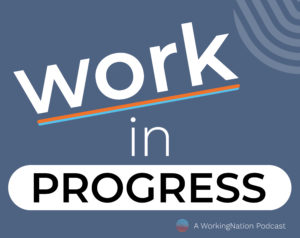
Episode 130: Mark Zandi, Chief Economist, Moody’s Analytics
Host: Ramona Schindelheim, Editor-in-Chief, WorkingNation
Producer: Larry Buhl
Executive Producers: Joan Lynch, Melissa Panzer, and Ramona Schindelheim
Music: Composed by Lee Rosevere and licensed under CC by 4.0.
You can check out all the other podcasts at this link: Work in Progress podcasts

